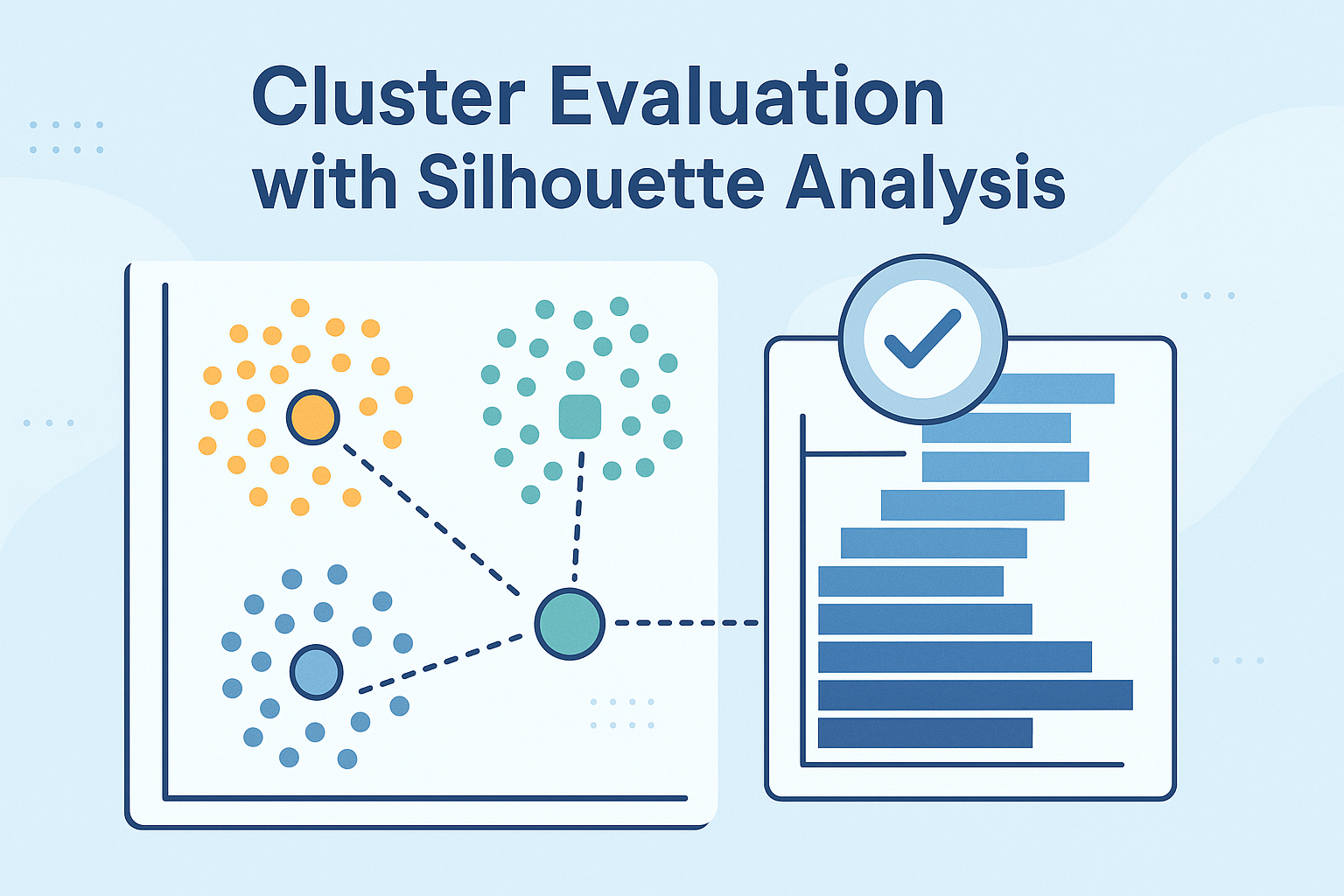
K-Means Cluster Evaluation with Silhouette Analysis
Clustering models in machine learning must be assessed by how well they separate data into meaningful groups with distinctive characteristics.

Clustering models in machine learning must be assessed by how well they separate data into meaningful groups with distinctive characteristics.
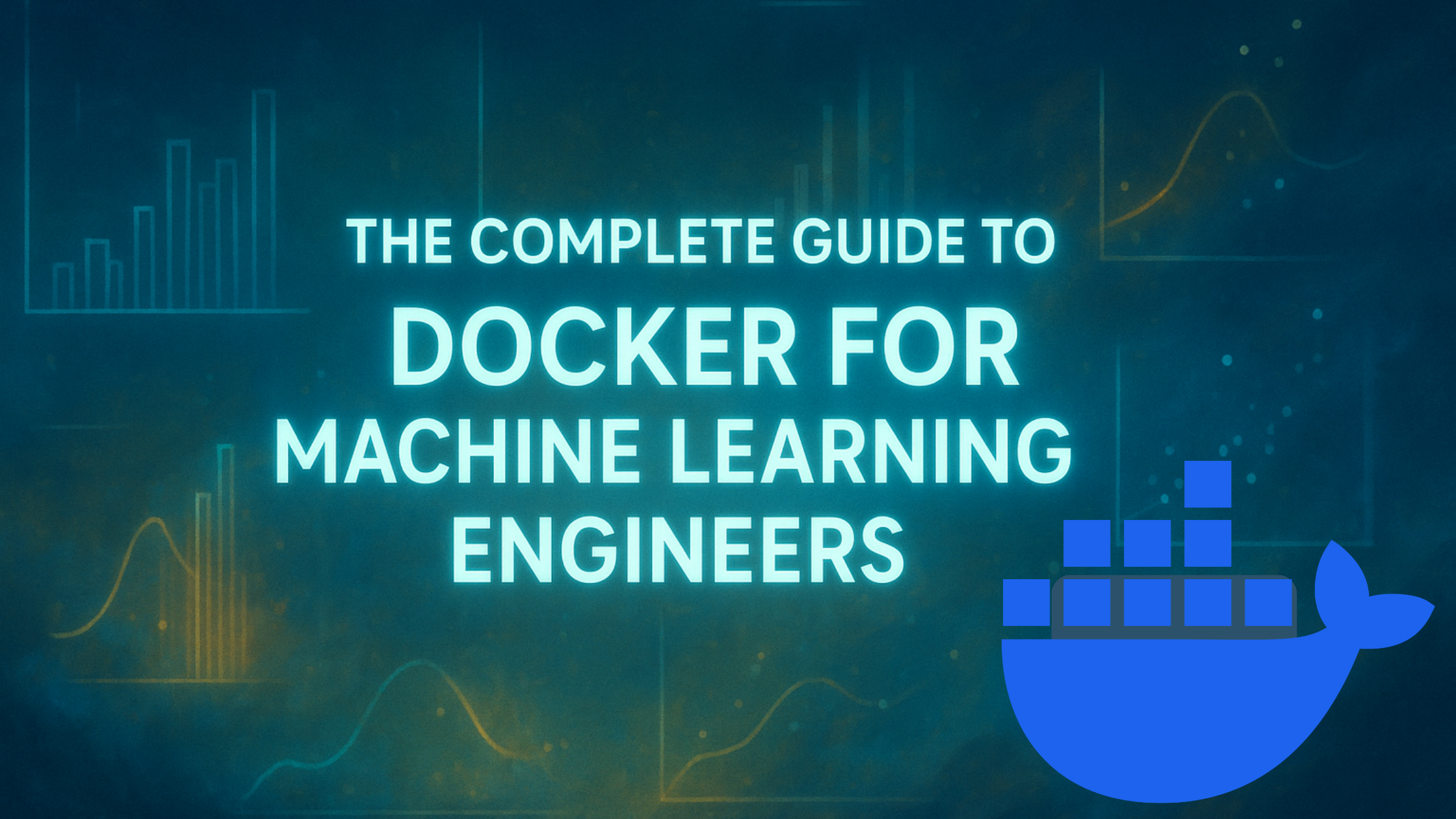
Machine learning models often behave differently across environments.

This article is divided into four parts; they are: • Preparing Documents • Creating Sentence Pairs from Document • Masking Tokens • Saving the Training Data for Reuse Unlike decoder-only models, BERT's pretraining is more complex.

This article is divided into two parts; they are: • Architecture and Training of BERT • Variations of BERT BERT is an encoder-only model.

In 1948, Claude Shannon published a paper that changed how we think about information forever.
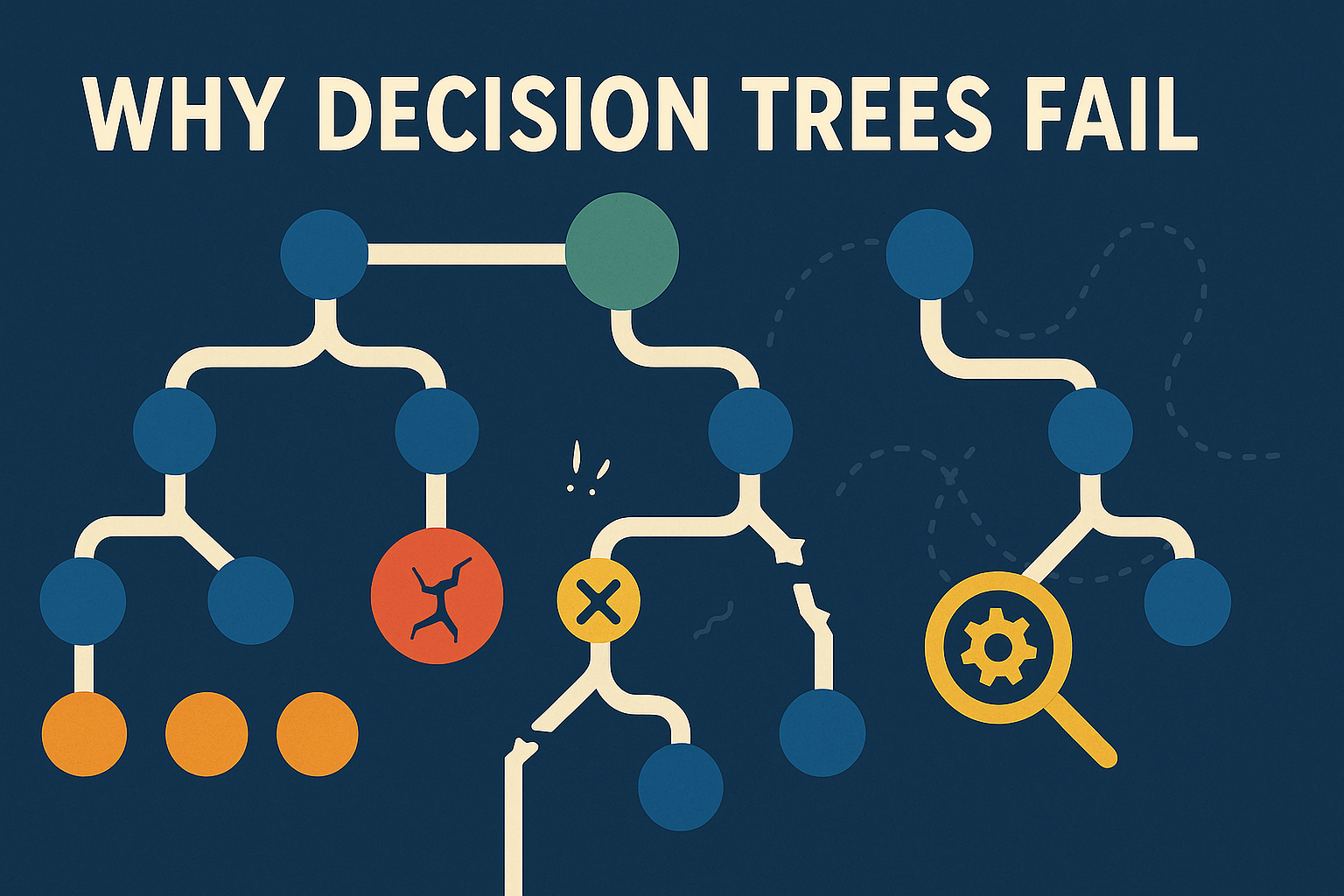
Decision tree-based models for predictive machine learning tasks like classification and regression are undoubtedly rich in advantages — such as their ability to capture nonlinear relationships among features and their intuitive interpretability that makes it easy to trace decisions.

This article is divided into two parts; they are: • Picking a Dataset • Training a Tokenizer To keep things simple, we'll use English text only.
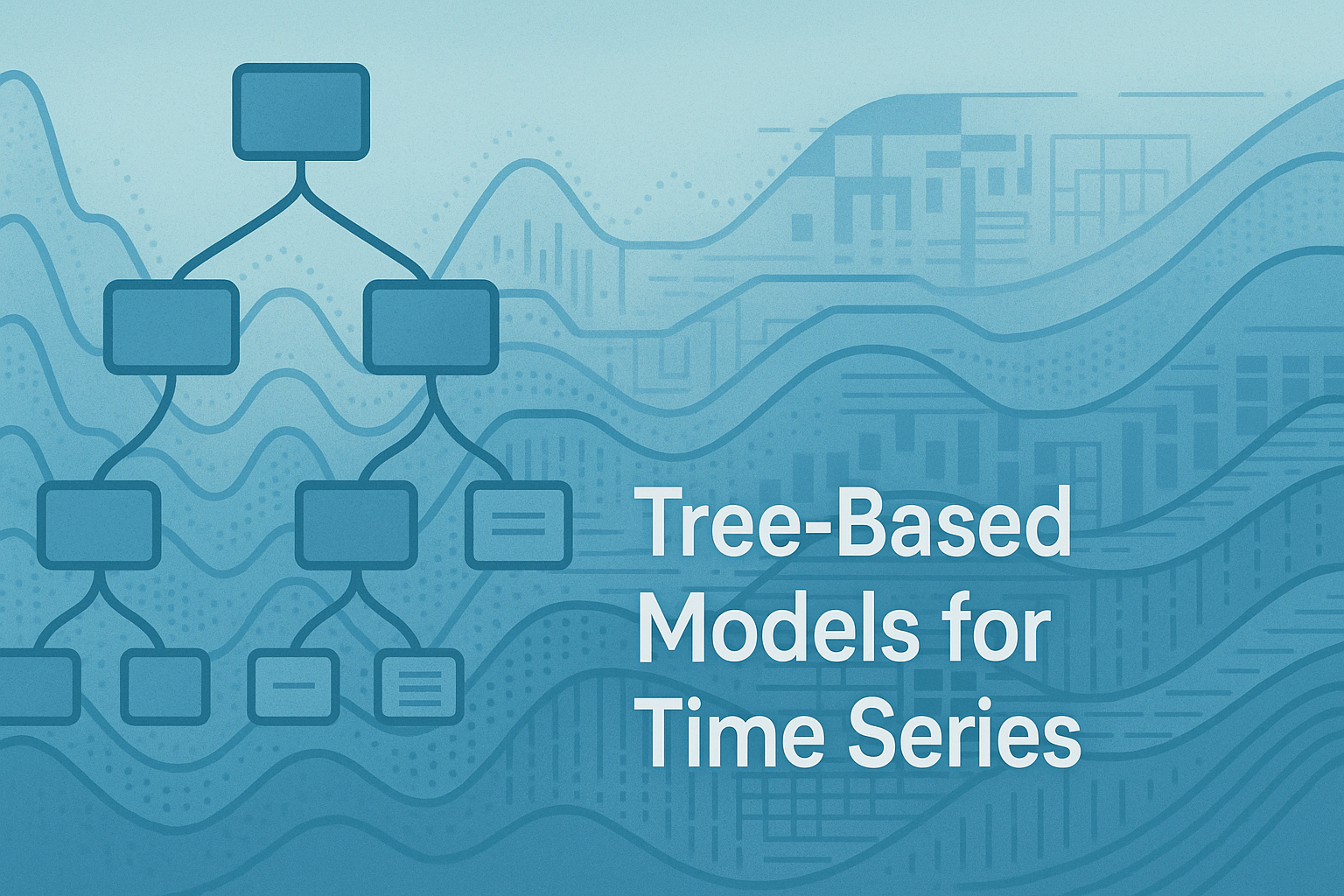
Decision tree-based models in machine learning are frequently used for a wide range of predictive tasks such as classification and regression, typically on structured, tabular data.
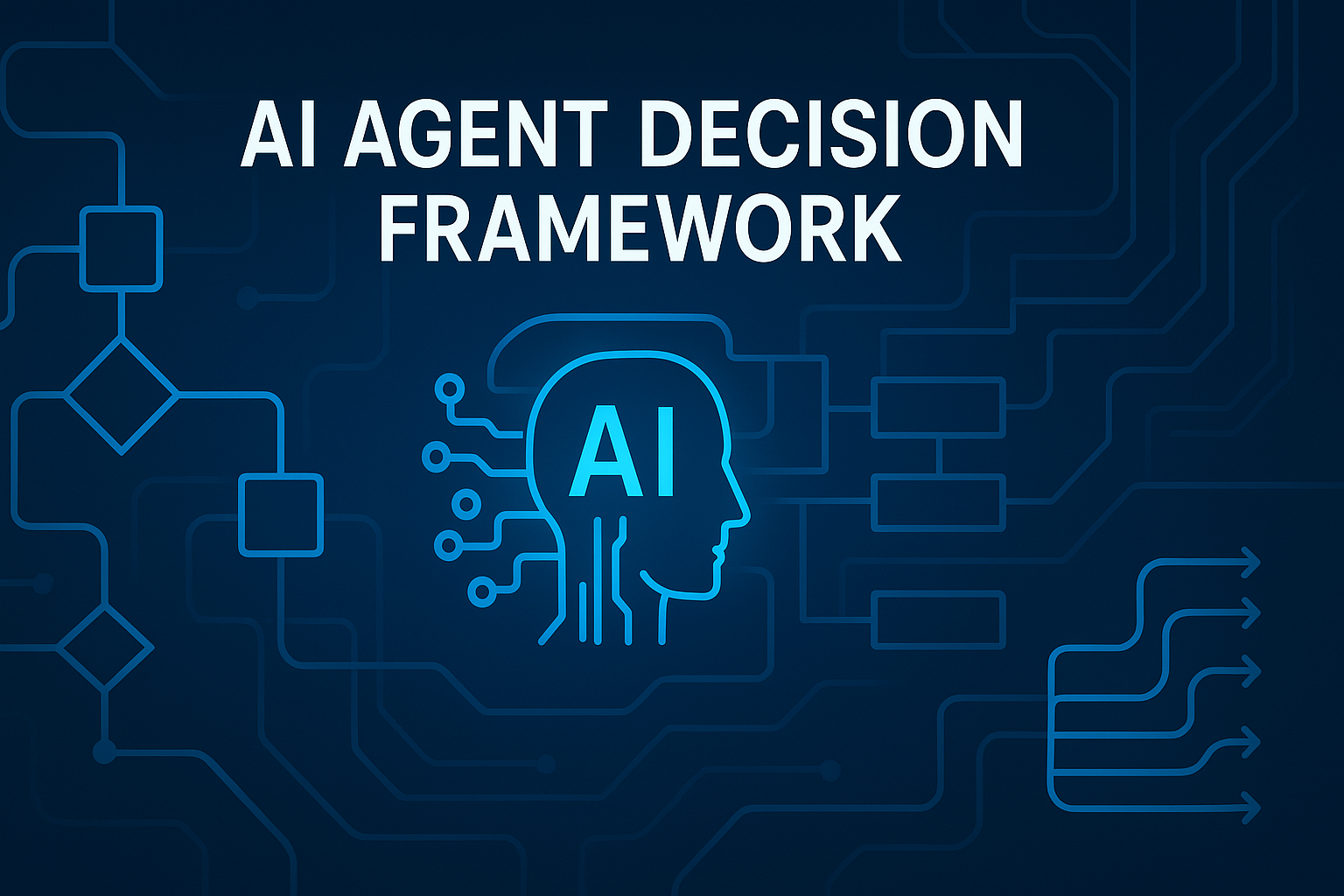
You've learned about <a href="https://langchain-ai.
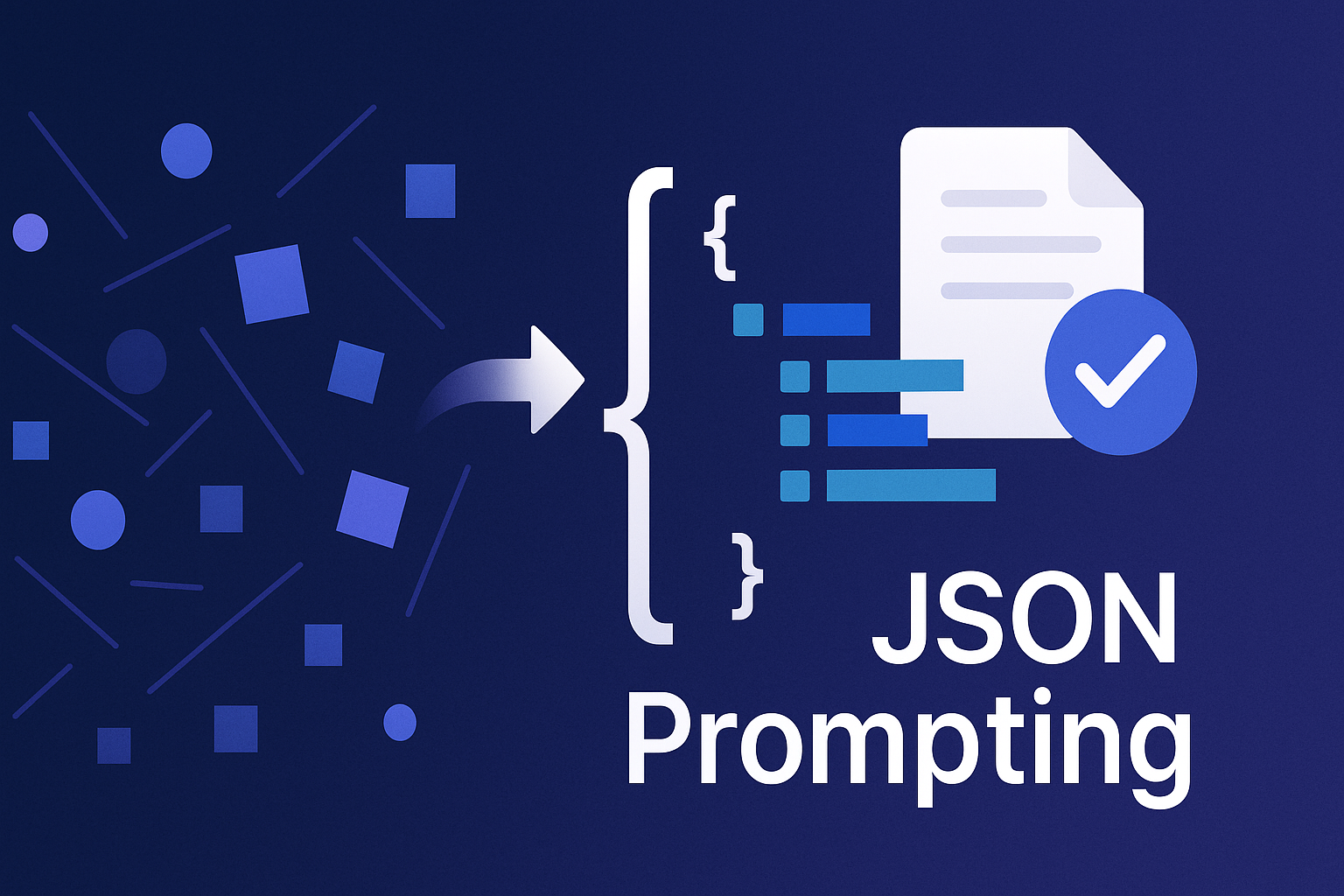
LLMs <a href="https://machinelearningmastery.

As a machine learning engineer, you probably enjoy working on interesting tasks like experimenting with model architectures, fine-tuning hyperparameters, and analyzing results.

A good language model should learn correct language usage, free of biases and errors.
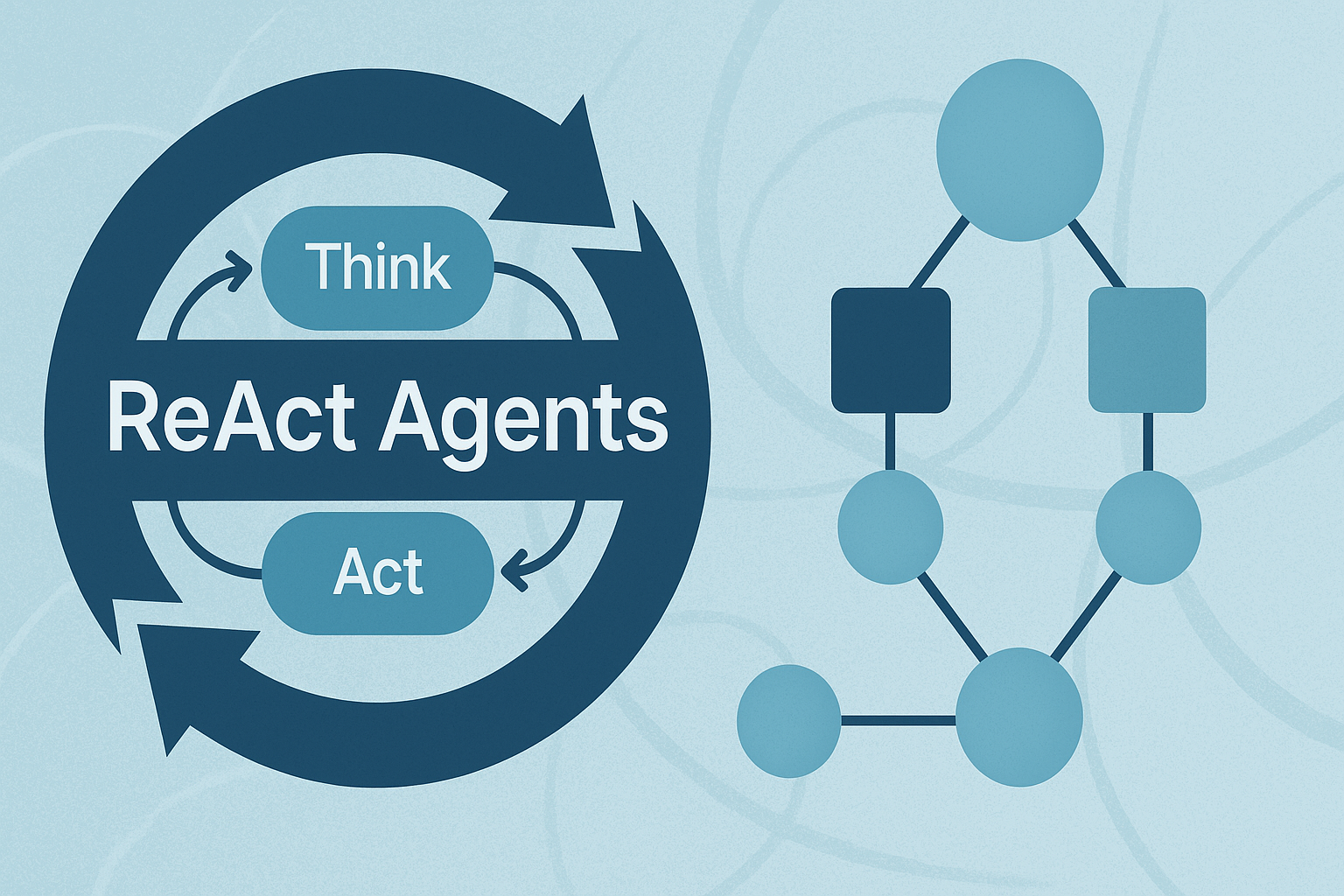
<a href="https://arxiv.

Building machine learning models in high-stakes contexts like finance, healthcare, and critical infrastructure often demands robustness, explainability, and other domain-specific constraints.
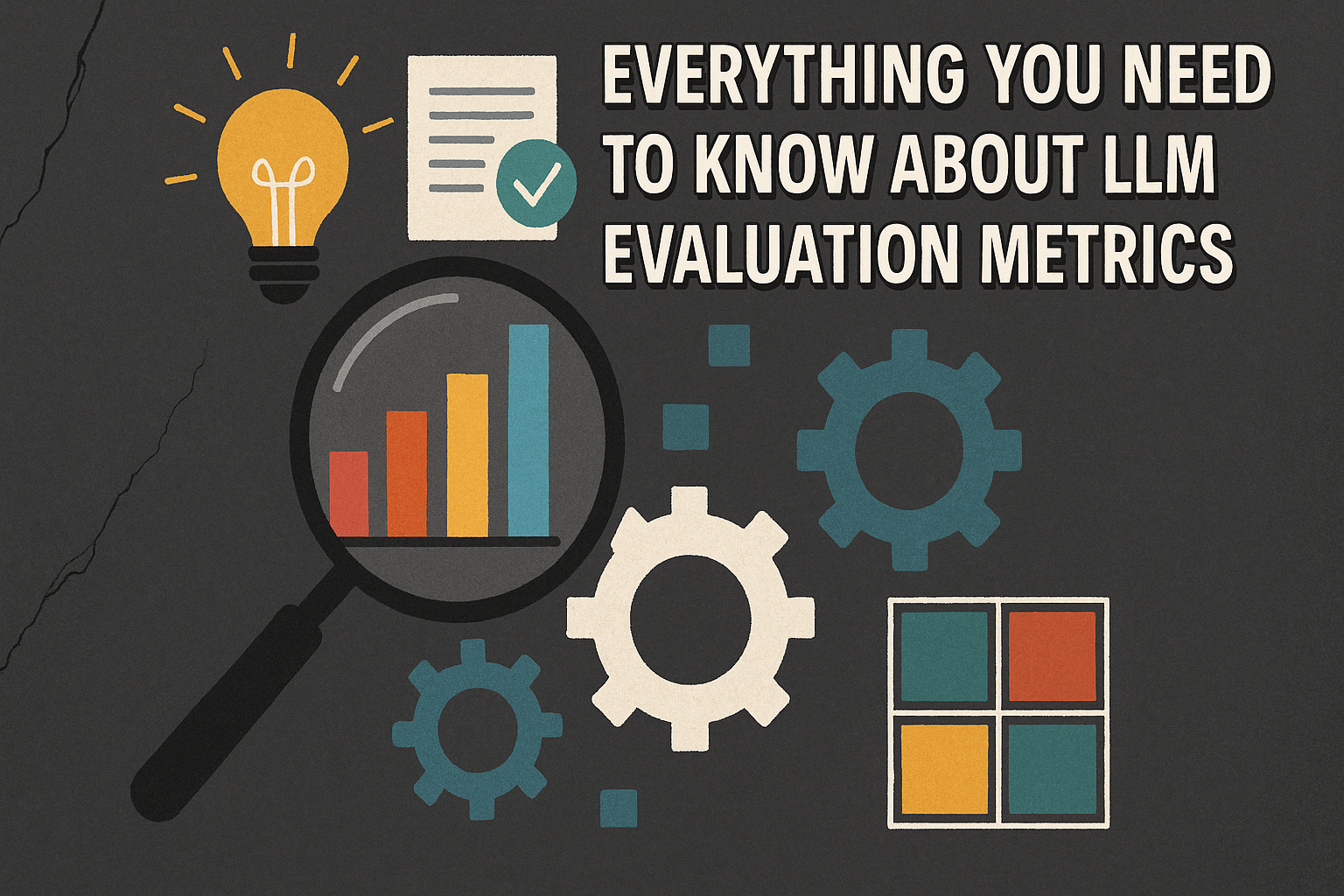
When large language models first came out, most of us were just thinking about what they could do, what problems they could solve, and how far they might go.
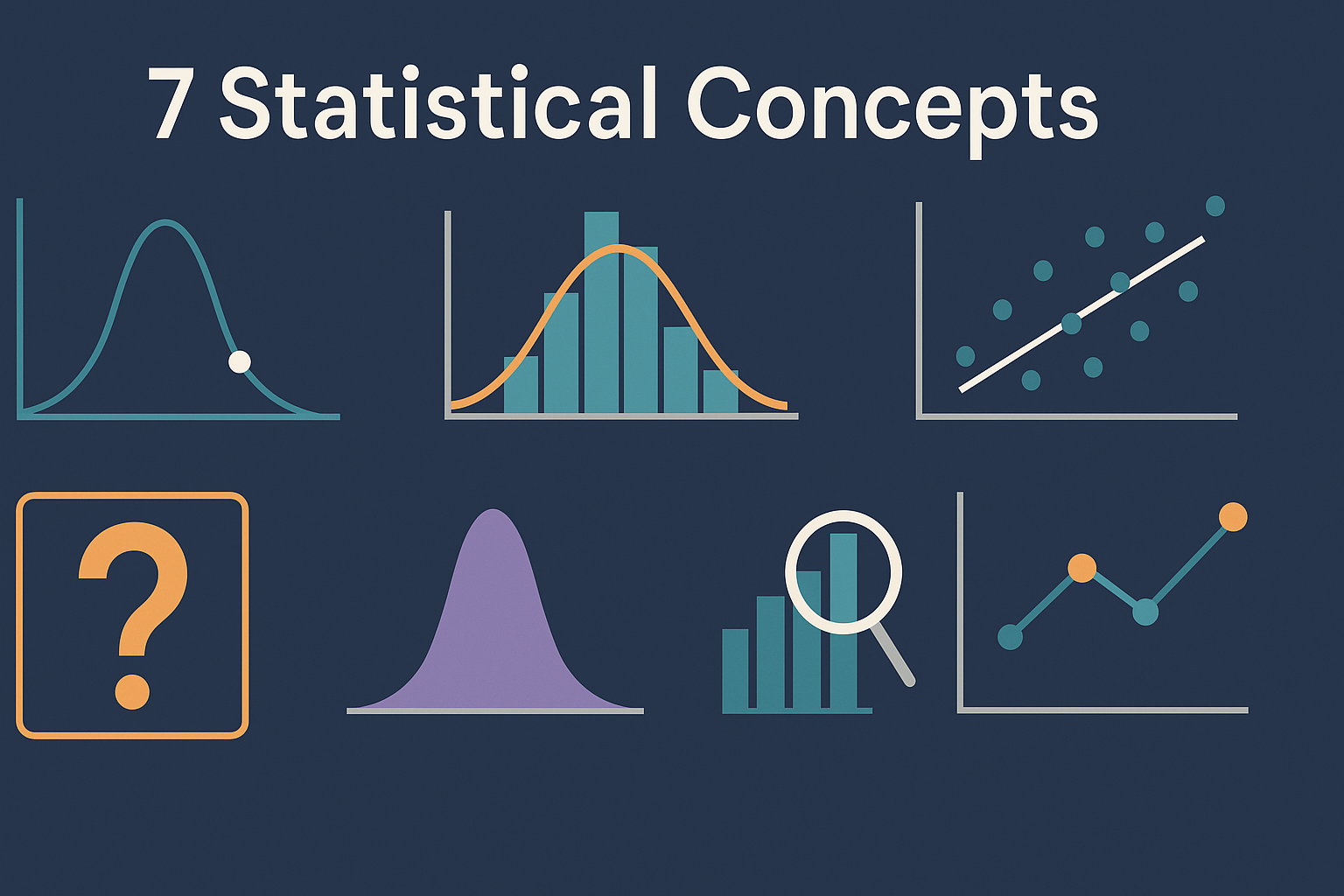
When we ask ourselves the question, " what is inside machine learning systems? ", many of us picture frameworks and models that make predictions or perform tasks.

From November 6 to November 21, 2025 (starting at 8:00 a.

Every large language model (LLM) application that retrieves information faces a simple problem: how do you break down a 50-page document into pieces that a model can actually use? So when you’re building a retrieval-augmented generation (RAG) app, before your vector database retrieves anything and your LLM generates responses, your documents need to be split into chunks.
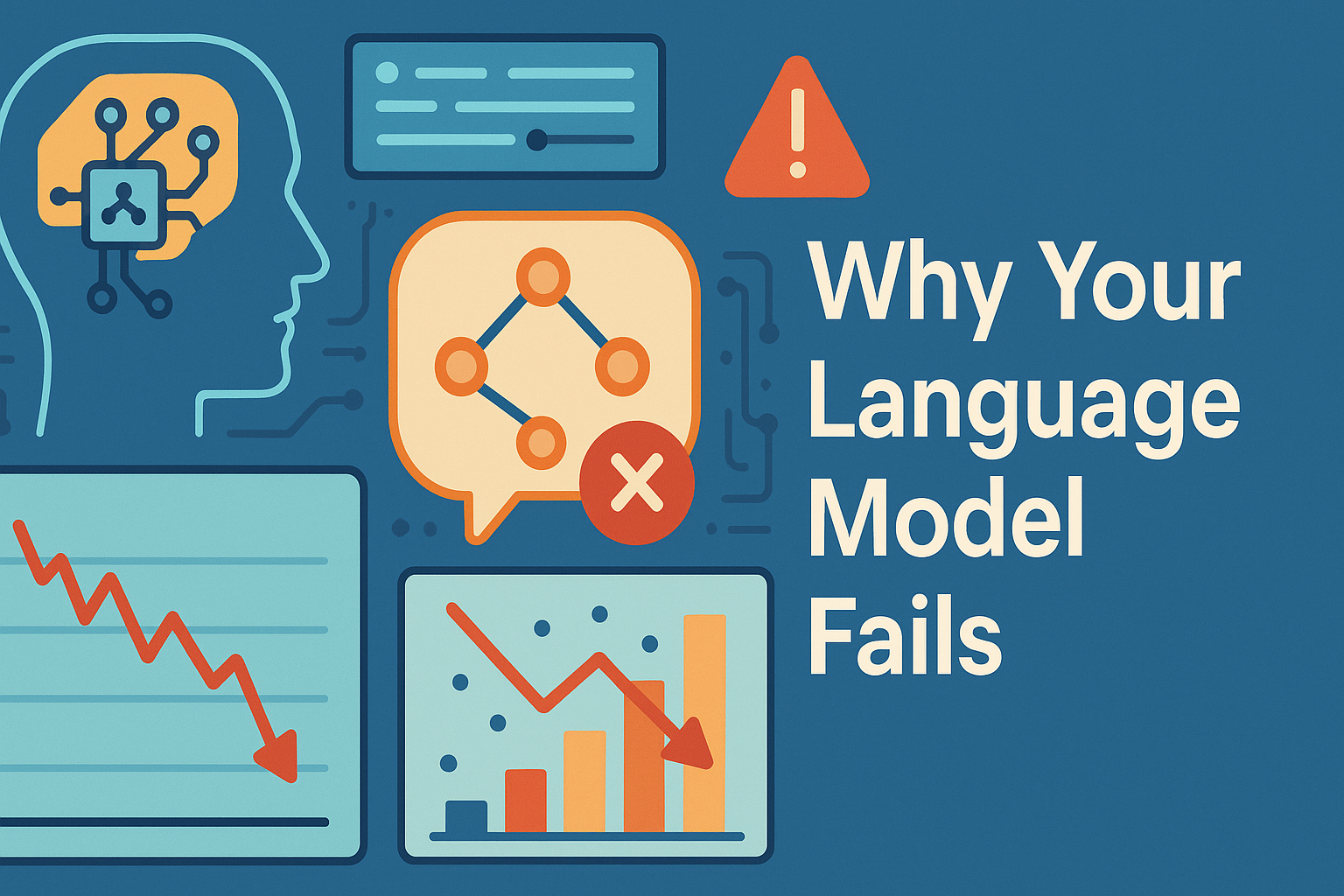
Language models , as incredibly useful as they are, are not perfect, and they may fail or exhibit undesired performance due to a variety of factors, such as data quality, tokenization constraints, or difficulties in correctly interpreting user prompts.
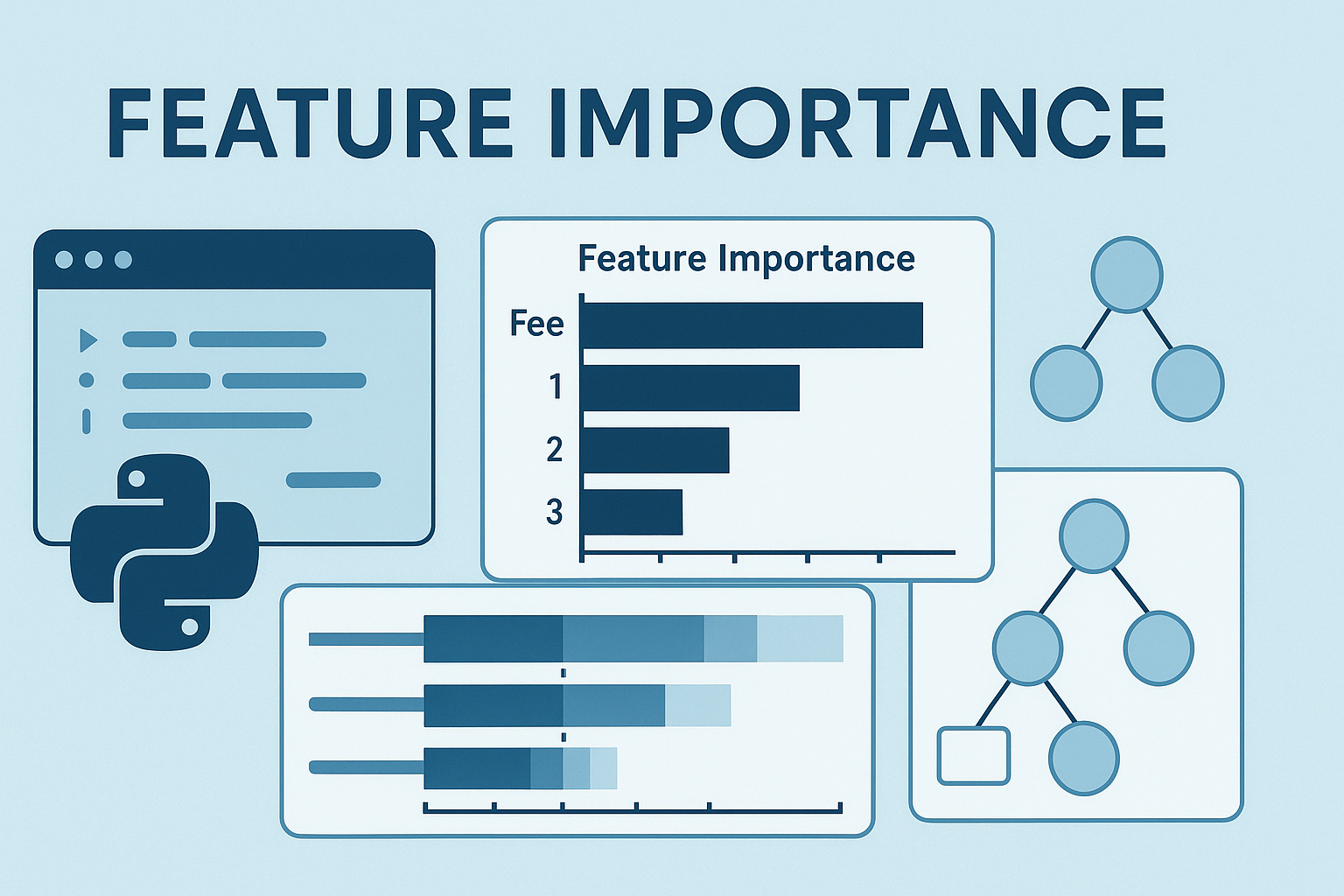
Understanding machine learning models is a vital aspect of building trustworthy AI systems.